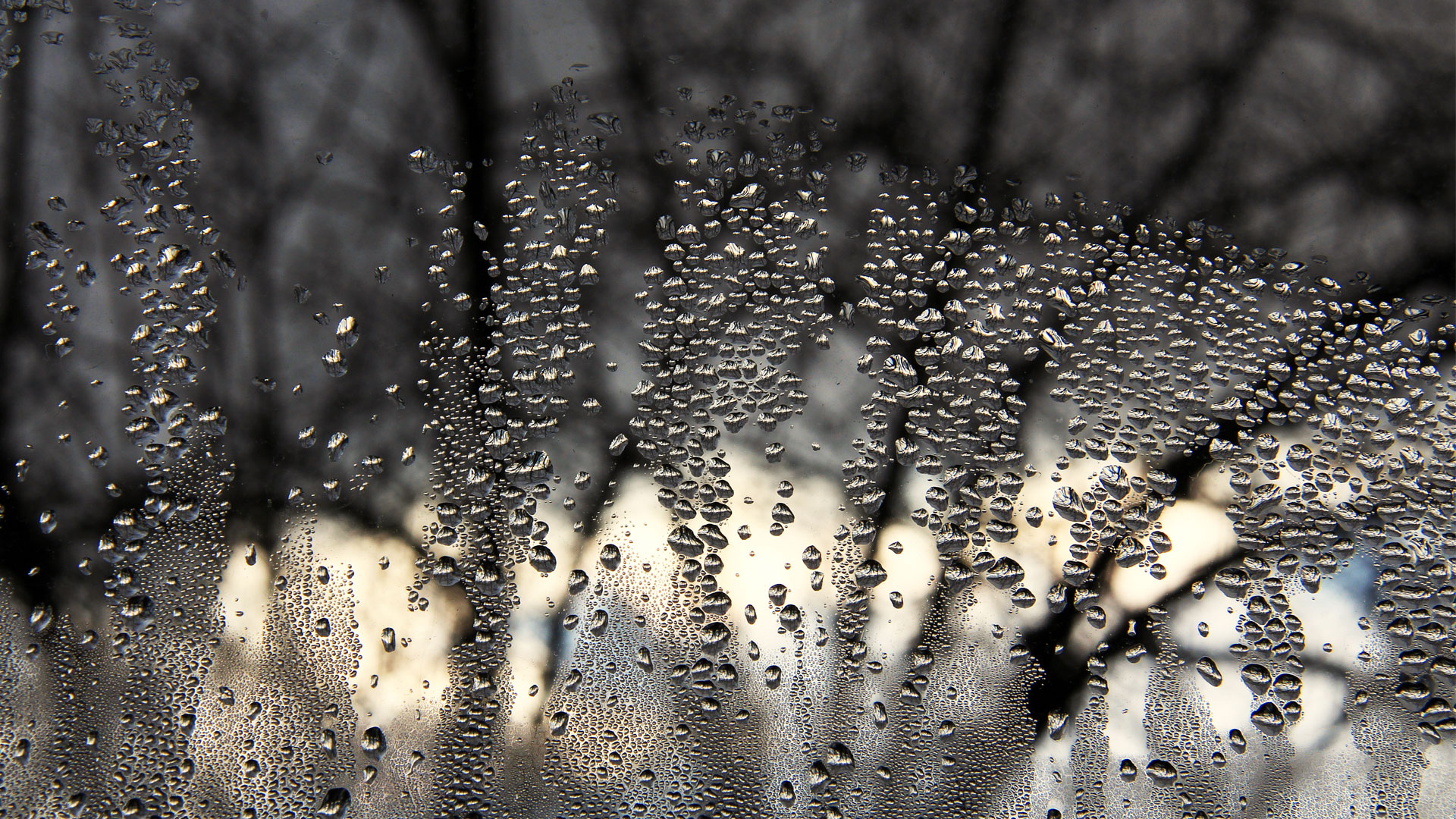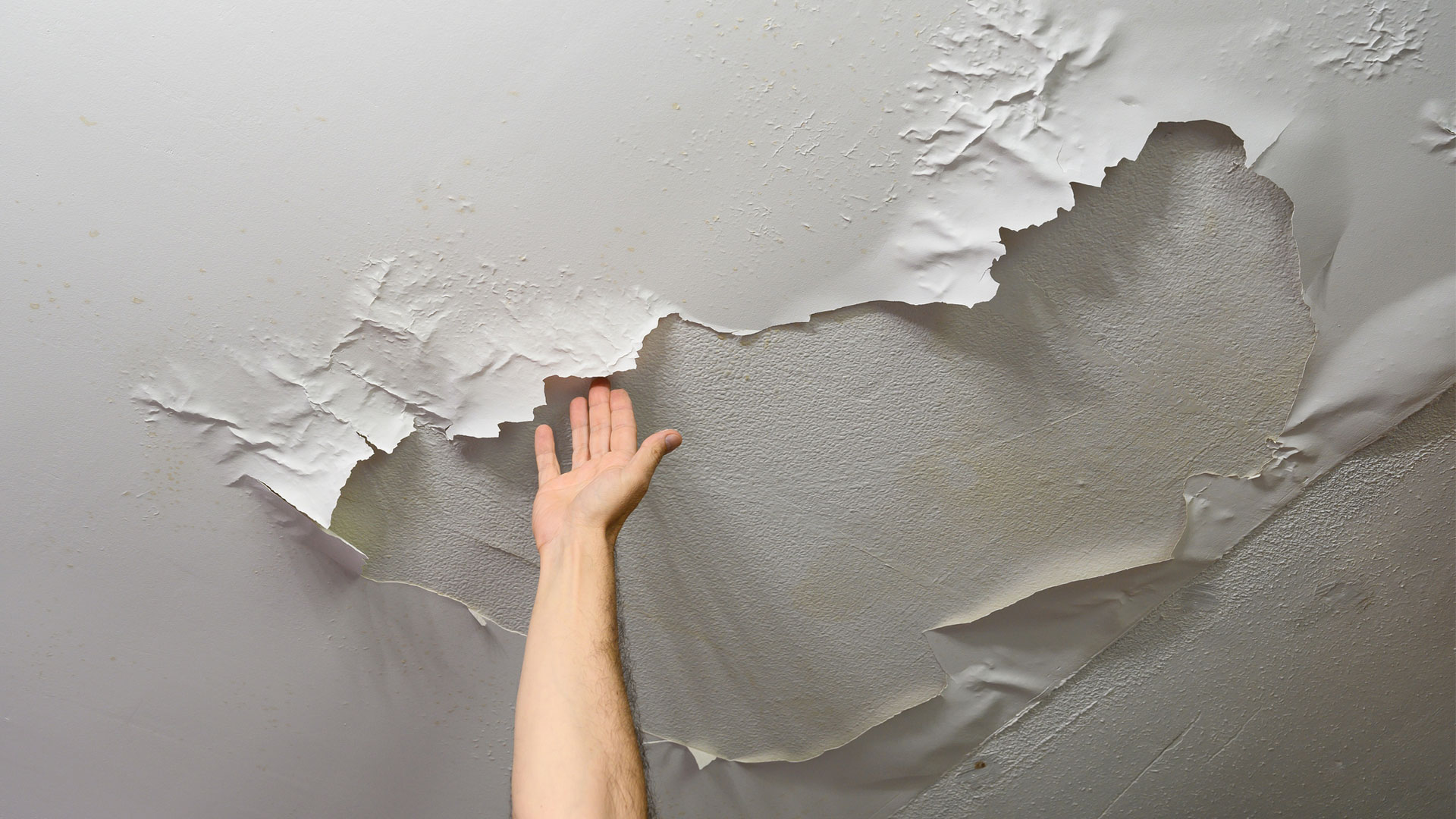Is condensation on windows bad?
Is condensation on windows bad? Here’s everything you need to know.

Have you been wondering: is condensation on windows bad? If so, Live Science is here to help answer all of your questions. Here you’ll find expert advice on what to do if you wake up to pools of water around your windowsills or black mold around the frame of your window.
So, where does condensation come from? And how do you get rid of it? We’ll be answering all this and whether condensation should form on new windows too. To help get to the bottom of these questions, we’ve roped in the help of the U.S. Environmental Protection Agency (EPA) to find out everything you need to know about condensation in your home and how to get rid of it.
Related: Best dehumidifiers
Should windows condensate?
Condensation on the interior surface of windows can ‘affect the concentrations of some indoor air pollutants’, which in turn can have damaging effects. As Tim Carroll from the EPA told Live Science: "For example, high humidity keeps the air moist and increases the likelihood of mold. In addition, when humidity becomes condensation on windows or other surfaces, it becomes a form of standing water in which mold, bacteria, and pests can thrive."
Plus, according to the World Health Organization (WHO), when there is excessive dampness or mold, it can be a ‘threat to health’. As found in a WHO report, "Occupants of damp or moldy buildings are at increased risk of experiencing health problems such as respiratory symptoms, respiratory infections, allergic rhinitis, and asthma."
• Related: Dehumidifiers on sale
The report confirmed that people living in well-insulated and adequately ventilated accommodation are ‘less likely’ to visit their doctor or be admitted to hospital due to respiratory conditions than those living in damp homes.
But along with your health, the formation of condensation on the inside of windows can also be harmful to the structure of your home.
Carroll explained: "Moisture can rot building materials in and around the window frame. Building materials containing elevated levels of moisture are attractive food sources for pests, such as termites."

How to get rid of condensation
As defined by the United States Geological Survey (USGS), condensation is the process of water vapor turning back to liquid. So to control the process of condensation forming in your home, you could try:
Improving ventilation for appliances
Venting appliances that produce moisture, such as clothes dryers and combustion appliances, to the outside. Carroll told Live Science: "Unvented and improperly vented combustion appliances emit a host of pollutants into the air that could be harmful to the occupants of the home. The EPA recommends having combustion appliances, such as boilers and furnaces, inspected for safety by a trained professional."
Using air conditioners and dehumidifiers
Carroll explained: "Dehumidifiers can be one method of helping reduce condensation. In some areas of the country, where it is hot and humid, a portable or whole-home dehumidifier may be needed in addition to air conditioning."
Making use of the extractor fan while cooking or opening the window in your bathroom when showering.

Covering cold surfaces such as cold-water pipes and HVAC ducts with insulation.
Increasing air temperature within the home to raise the temperature of surfaces above the dew point (which is the temperature air is saturated with water vapor).
Repairing water leaks whether it’s from outdoor sources such as a leaking roof and weeping basement walls or from internal sources, such as leaking pipes or dripping faucets.
Use pan lids when cooking to lower the amount of moisture released into the air.
Tightening the building envelope by air sealing Carroll added: "It is generally considered best practice to seal unconditioned attics and unconditioned basements and crawlspaces from the house."

Should condensation form on new windows?
Unfortunately, condensation can form on pretty much any surface – including old and new windows.
As Carroll told Live Science: "Condensation can plague windows of any age and design since it’s a result of high humidity within the home and surface temperatures below the dew point. On its own, replacing windows will usually not prevent or correct a condensation issue."
However, newer windows, when installed correctly, can sometimes help to ‘better seal the home’ and therefore better protect against issues caused by condensation.
To discover what windows have better resistance to condensation, Carroll recommended looking out for the National Fenestration Rating Council’s optional condensation rating that manufacturers can include with their windows. He added: "A higher condensation rating means a better resistance to condensation."
Sign up for the Live Science daily newsletter now
Get the world’s most fascinating discoveries delivered straight to your inbox.
Becks is a freelance journalist and writer writing for a range of titles including Stylist, The Independent and LiveScience covering lifestyle topics such as health and fitness, homes and food. She also ghostwrites for a number of Physiotherapists and Osteopaths. When she’s not reading or writing, you’ll find her in the gym, learning new techniques and perfecting her form.











